The visit of Don Farrell, Australia's minister for trade and tourism, to China from Thursday to Saturday, is expected to boost bilateral trade and tackle common concerns through economic exchange mechanisms, said government officials and experts on Thursday.
Farrell will co-chair the 16th China-Australia Joint Ministerial Economic Commission with Chinese Minister of Commerce Wang Wentao in Beijing, said Shu Jueting, a spokeswoman of the Ministry of Commerce.
This will be the first visit by an Australian trade minister to China in nearly four years. The last China-Australia Joint Ministerial Economic Commission was held in Beijing in 2017.
China hopes that through this visit, the two sides will further implement the important consensus reached by the leaders of China and Australia at their meeting in Bali in November 2022, said Shu.
She also said China hopes to exchange views with Australia on developing bilateral economic and trade relations, addressing each other's concerns and promoting business cooperation.
In a statement on Thursday, Farrell said he will strongly advocate the full resumption of unimpeded Australian exports to China — for all sectors — to the benefit of both countries and in the interests of Australian exporters and producers.
The statement said that the Australian government was pleased with several positive trade developments since the trade ministers of China and Australia agreed to enhance dialogue at all levels to fully resume trade in February. These developments include the resumption of coal, cotton and copper trade and China's agreement to undertake an expedited review of duties on Australian barley.
During his visit, Farrell will meet with some other Chinese officials and business representatives as well as Australian businesses and workers operating in China.
Trade experts said Farrell's visit to China is a key step to stabilize bilateral business ties in the next stage.
Amid the fast-changing global political and economic landscape, dialogue is certainly practical and beneficial. China, as a global manufacturing base that requires imports of ores and coal, and Australia, as a major exporter of materials for industrial use, can establish a complementary economic structure, said Wang Xueling, a researcher specializing in regional economic development at the University of International Business and Economics in Beijing.
Phillipa Harrison, managing director of Tourism Australia, a government agency responsible for attracting foreign visitors, said with the easing of COVID-19 control measures for international travel to and from China, the agency remains optimistic about the outlook for the industry this year and beyond.
China was Australia's largest source market for both international visits and spending in 2019. About 1.44 million Chinese residents traveled to Australia, making up 15 percent of all international arrivals in the country. In all, they spent around A$12.4 billion ($8.35 billion).
China-Australia trade declined by 3.9 percent year-on-year to $220.92 billion in 2022, data from China's General Administration of Customs showed.
Thanks to improved political and business ties, their total bilateral trade value surged 10.9 percent on a yearly basis to $58.79 billion in the first quarter of this year.
Australia mainly exports iron ore, coal, alumina, copper ore, wool, wine, timber, grains, fruits and aquatic and dairy products to China. Computers, transport equipment, mechanical and electrical products, electric vehicles and chemical products are China's main shipments to Australia.








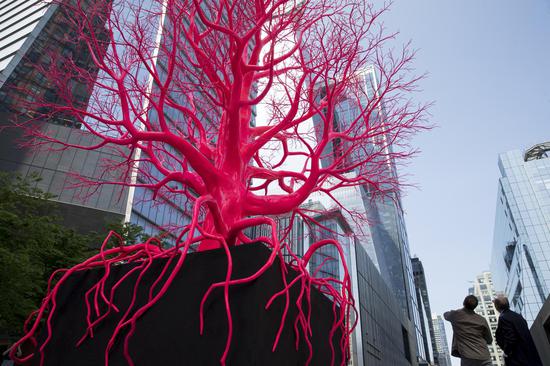
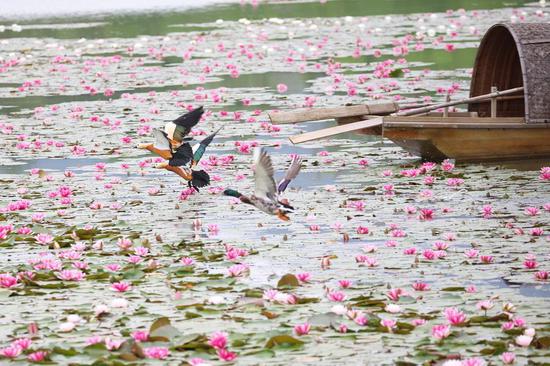

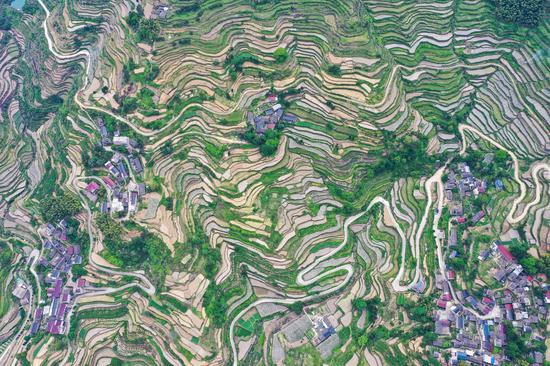

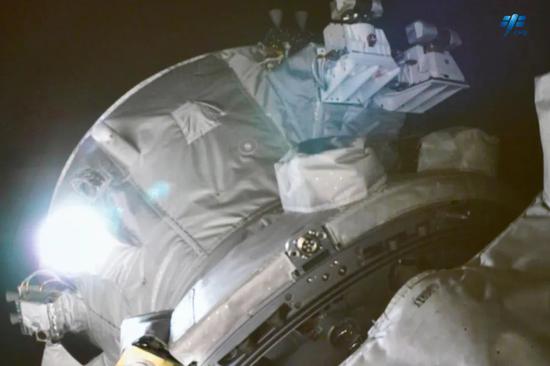

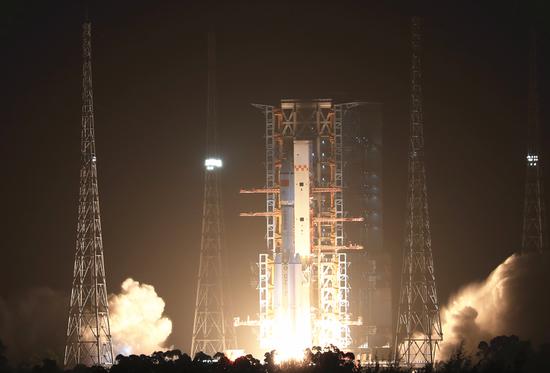


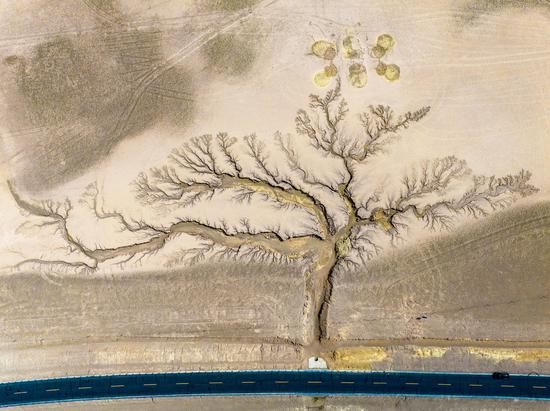
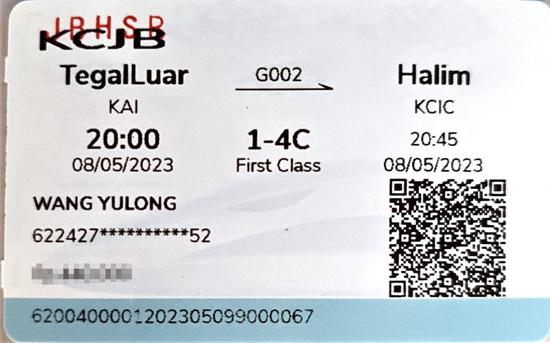





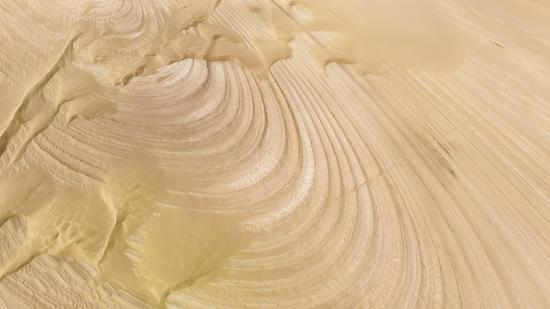

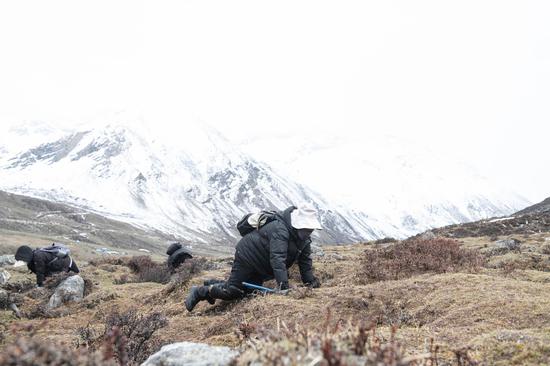
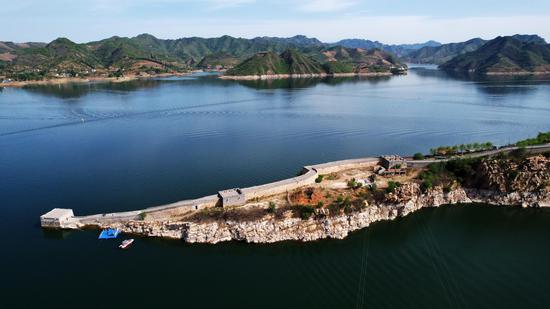

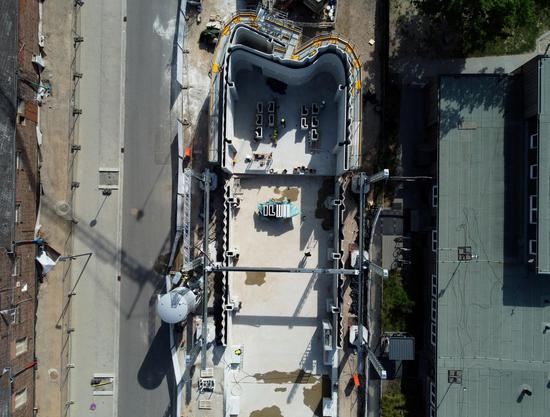
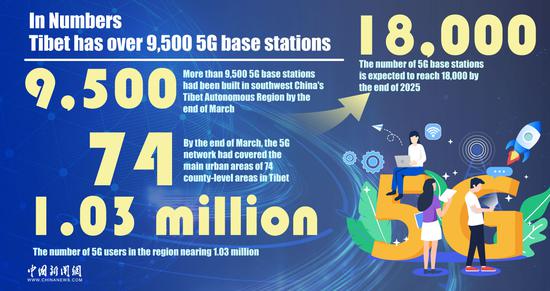

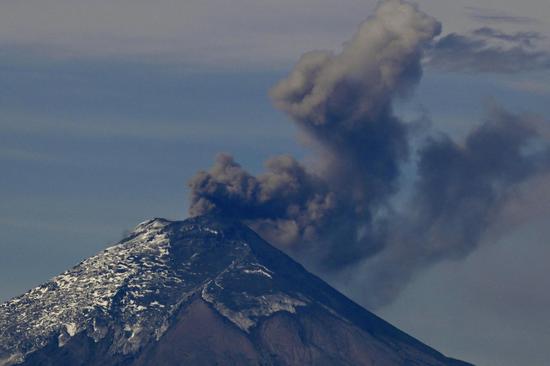
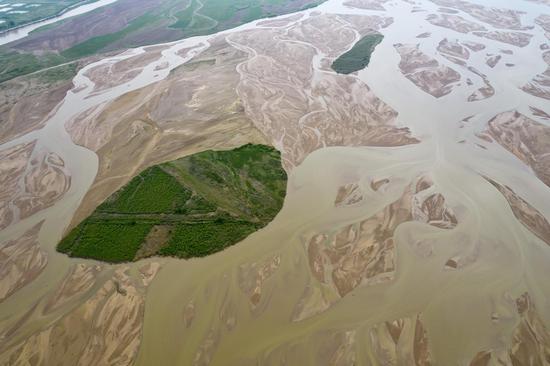
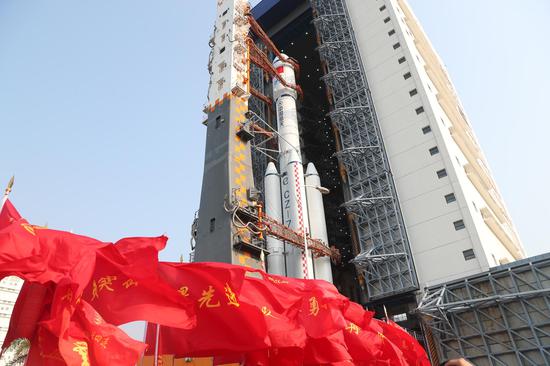
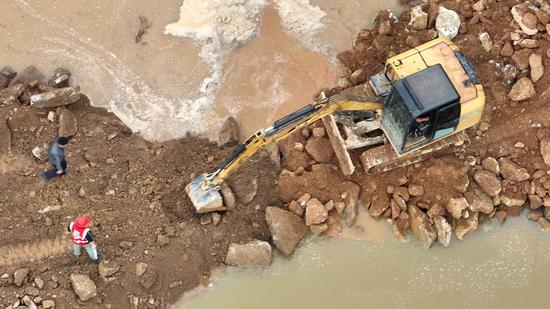




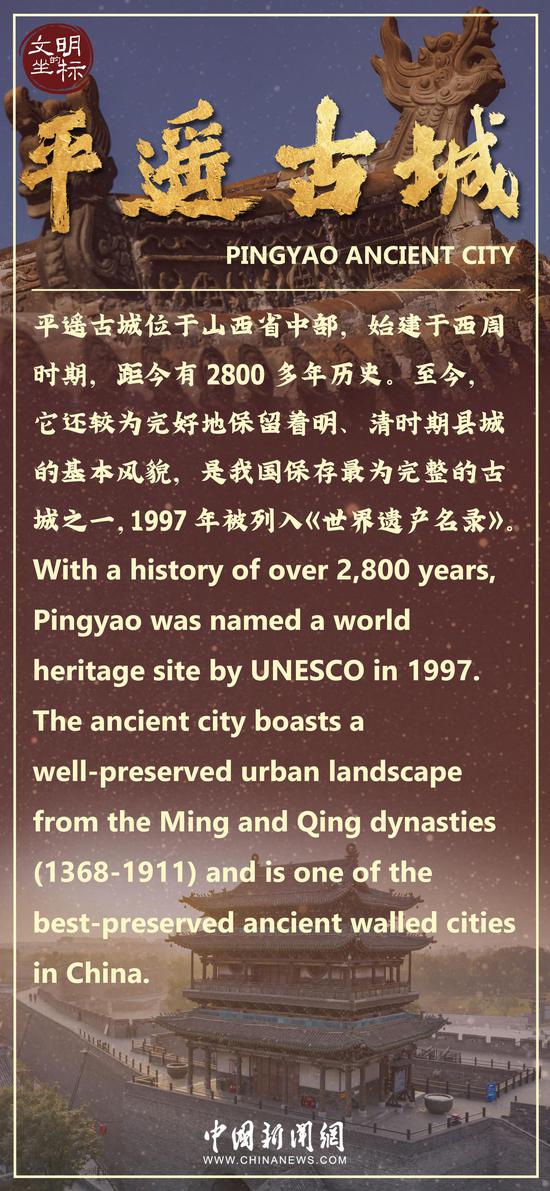
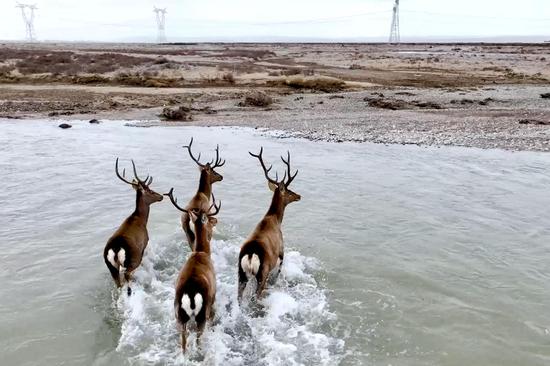
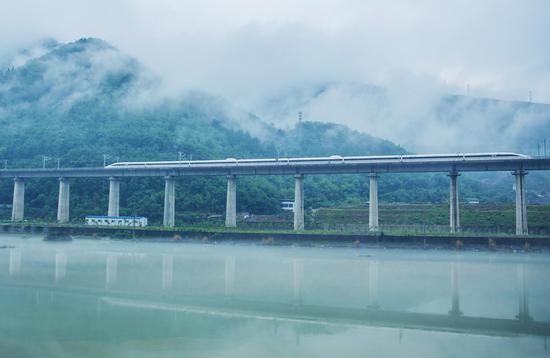
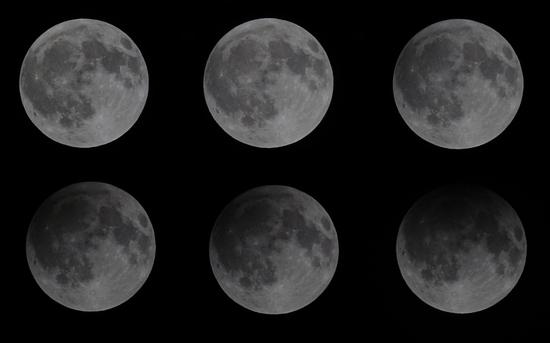

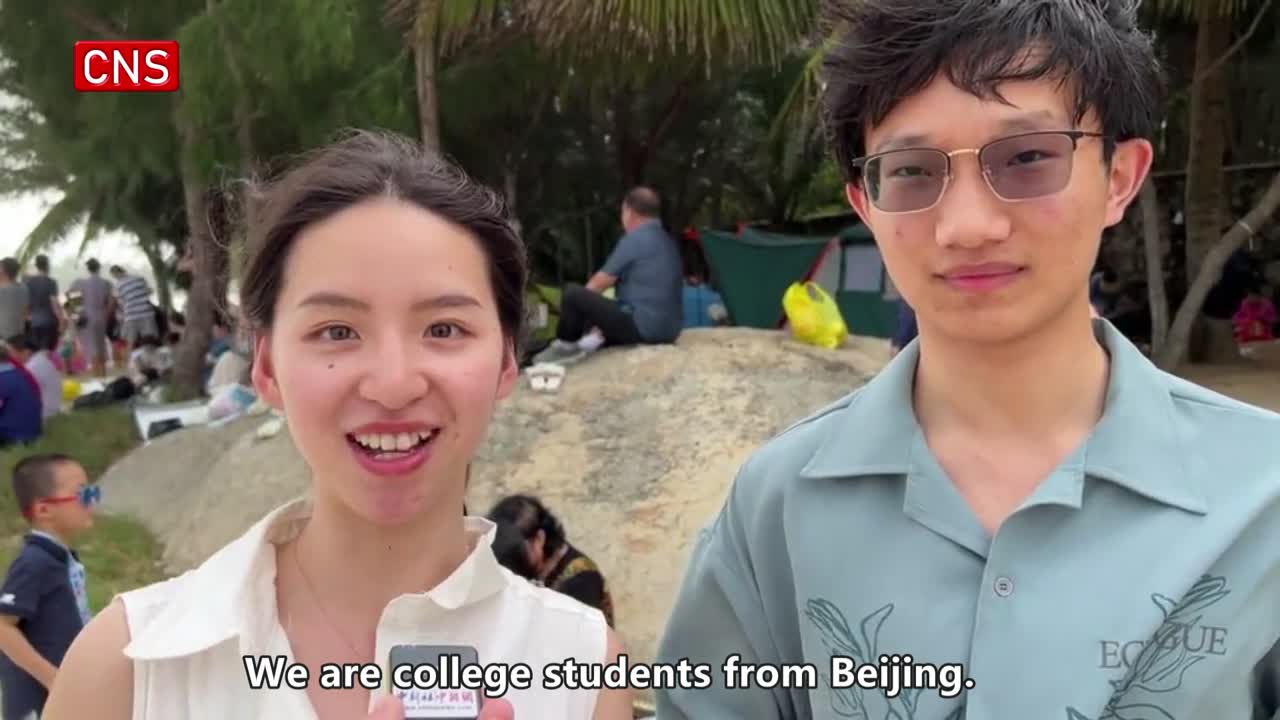



 京公网安备 11010202009201号
京公网安备 11010202009201号